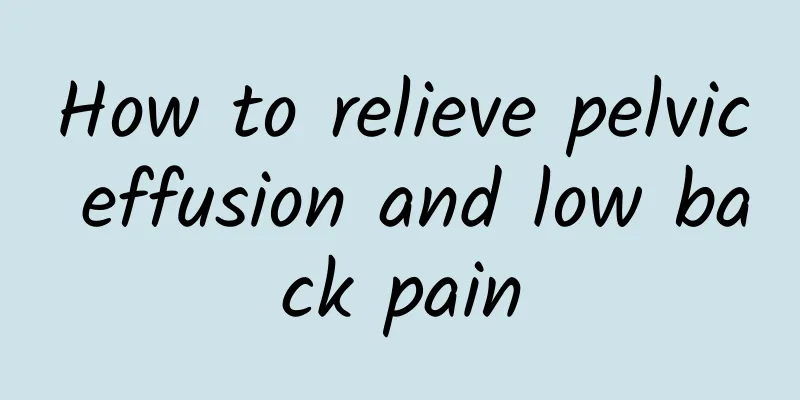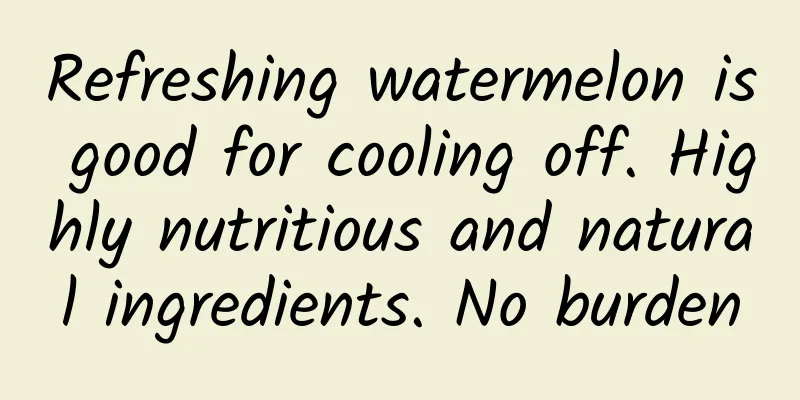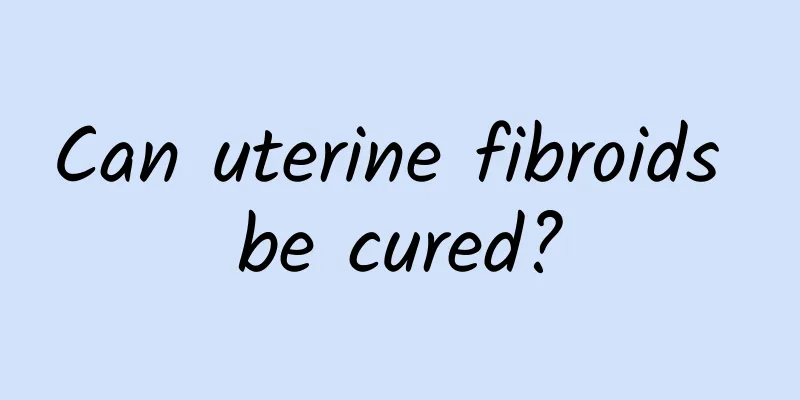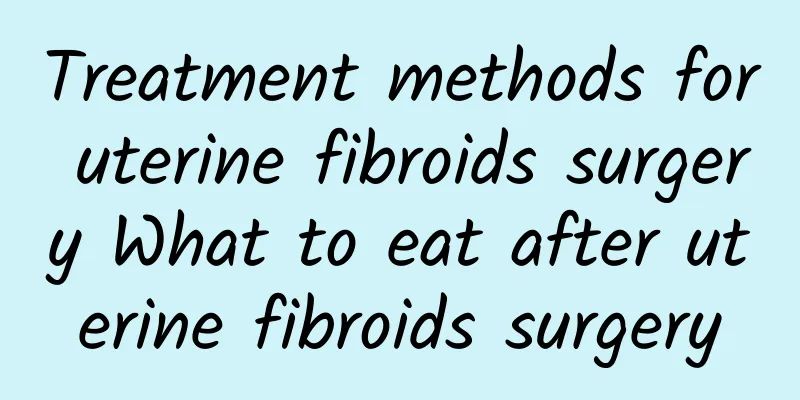How to relieve pelvic effusion and low back pain

|
Pelvic effusion is divided into physiological and pathological. Physiological pelvic effusion often occurs after women ovulate or in early pregnancy, and can disappear naturally without treatment. In clinical practice, most women's pelvic effusion is caused by inflammation, which is the presence of inflammatory exudate in the pelvis. If it is not treated, it can slowly grow. So how to relieve low back pain caused by pelvic effusion? Pelvic effusion caused by acute or chronic pelvic inflammatory disease and adnexitis is often accompanied by bilateral or unilateral lower abdominal pain, lumbosacral pain, low back pain, lower abdominal distension and pain, low back pain, etc., or due to long-term standing, overwork, sexual intercourse, or premenstrual aggravation, severe cases affect work. Or lower abdominal pain, or increased leucorrhea, menstrual disorders, heavy menstrual blood, dysmenorrhea, and sexual discomfort. It can be seen from this that pelvic effusion can cause low back pain, and pathological pelvic effusion is generally caused by these inflammations. Strict surgical disinfection during artificial abortion and chronic infection can also cause pelvic effusion. Only by treating pelvic effusion can low back pain be solved. Common treatment methods are mainly the following: 1. Physical therapy This method mainly includes shortwave therapy, laser therapy, etc., which uses benign warm stimulation to improve local blood circulation in the patient's pelvic cavity, thereby promoting the renewal of the body's metabolism, accelerating the absorption and disappearance of inflammation, and facilitating disease recovery. 2. Drug treatment In the treatment of pelvic effusion, many patients will choose Western medicine with fast effect, but long-term use of medicine may cause certain side effects to the body. Although the effect of Chinese medicine is slower, it can cure the root cause. Therefore, Chinese and Western medicine are combined clinically to achieve the purpose of treating both the symptoms and the root cause, so as to thoroughly cure the disease. 3. Extraction of effusion Extraction of effusion is a Western medical examination or symptomatic treatment method and should not be performed frequently, because simply extracting effusion will not only fail to cure pelvic effusion, but will also increase the amount of effusion. |
<<: What are the abnormal leucorrhea tests?
>>: Can pelvic inflammatory disease be treated?
Recommend
Will drinking green juice affect menstruation? Benefits of drinking green juice during menstruation
Women need to pay attention to their diet during ...
I started to have lower abdominal pain 10 days before my period.
I started to have lower abdominal pain 10 days be...
Will cold drinks affect menstruation? How should girls eat cold drinks correctly in summer?
Summer is here, and cold drinks are a favorite sn...
Early symptoms of cervical erosion in women
Cervical erosion is also a type of gynecological ...
"Super slow jogging" that does not hurt your knees, helps you lose weight easily and reduce the three highs! Remember the 4 action points
Easy "ultra-slow jogging" will never hu...
Amber Ahn eats boiled meals to lose body fat? Eat good fats for three meals so you won’t get fat!
An Xinya, known as the "Otaku Goddess",...
How much does the abortion screening program cost?
How much does the abortion screening program cost...
How to abort a month after pregnancy? There are these methods
Some female friends get pregnant unexpectedly one...
Heart rate sensor watch can accurately measure maximum oxygen uptake
Running may seem ordinary, but in fact, it has al...
Can a virgin also have uterine fluid accumulation?
If female friends have symptoms such as increased...
Is uterine cyst serious? Is there any danger? Will it get worse?
Uterine cysts are benign in most cases, but if th...
What are the symptoms of ovarian cysts
For female friends, it is very unfortunate to suf...
Is Trichomonas vaginitis a STD?
Many people associate vaginitis with STDs and thi...
Correctly understand the symptoms of chronic cervicitis
Chronic cervicitis is a gynecological disease wit...
Detailed explanation of the treatment of chronic pelvic inflammatory disease
Patients with chronic pelvic inflammatory disease...









